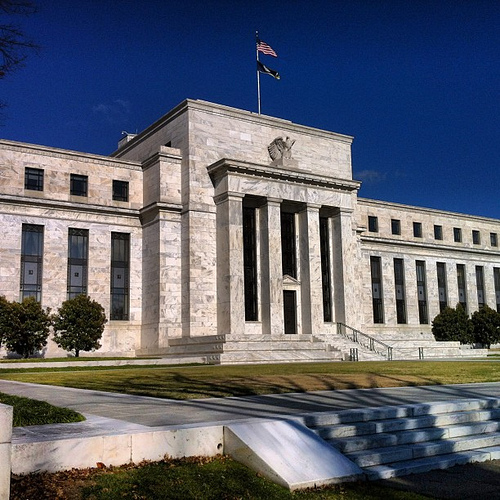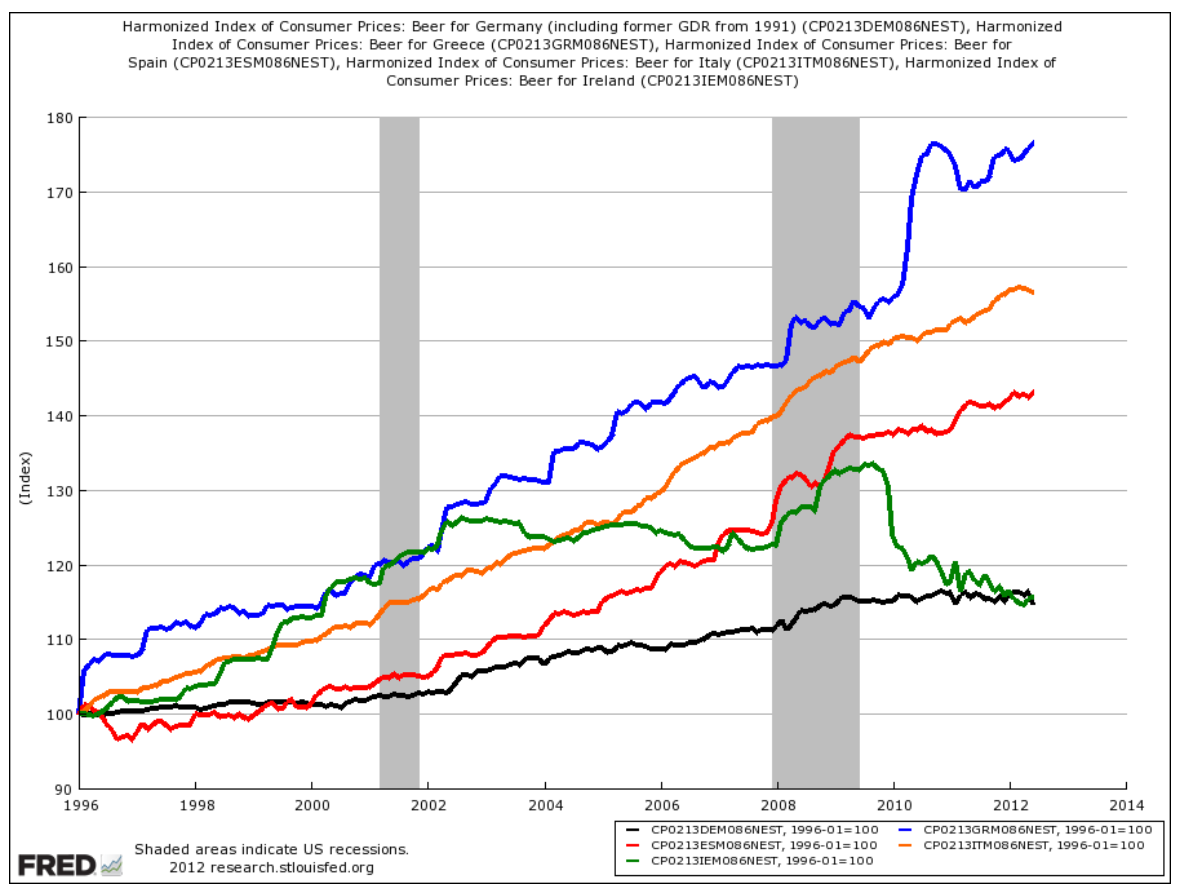The market’s obsession with Federal Reserve policy in recent years has been the bane of many active money managers and investors seeking portfolio diversification. But are we finally moving toward more “normal” times when global markets cease to move together based on investors guessing the Fed’s next move?
The central bank rode to the rescue during the financial crisis and has been pumping billions into the Treasury and mortgage markets to keep rates low and boost the economy.
However, the Fed’s unprecedented intervention has led to some undesirable side effects for portfolio managers and investors alike.
A major trend in the aftermath of the credit crisis is very high correlations in the financial markets. This has become known as “risk-on” and “risk-off” behavior as markets rise and fall in unison. In financial jargon, correlations measure how closely two investments move together. When correlations are high, it means the securities are moving in lockstep.
Elevated correlations can make it tougher for portfolio managers to generate alpha, or incremental outperformance versus an index. For example, when all the stocks in a particular sector are moving together, the manager’s ability to pick winners and losers matters less.
The S&P 500 (SPX) rallied more than 32% last year, yet is off to a rocky start in 2014.
But on the bright side, sector and asset class correlations are dropping, ConvergEx Group said in a recent note. In other words, sectors and global stock markets are moving less as a herd.
“The bottom line here is that markets are slowly incorporating a world where Fed policy is no longer the one-stop-shop for clues on market direction. Remember when everyone wanted a ‘normal’ market, free of central bank intervention? We’re getting there, even if the trip isn’t as pleasant as we hoped,” according to CovnergEx.
Source: ConvergEx Group
In late 2013, the Fed announced it would begin tapering its monthly bond purchases to $75 billion from $85 billion.
Lower correlations are good news for investors because it’s easier to diversify their portfolios by investing in a mix of asset classes such as stocks, bonds, currencies and real estate.
“When correlations are high –as they have generally been over the past five years of market gains – creating a diversified portfolio has been tough,” ConvergEx notes. “Maybe no one has really cared, because risk assets were doing well. And, let’s face it – Federal Reserve policies were solidly at your back.”
Fed tapering and falling correlations may also be good news for portfolio managers. Warren Buffett has remarked that only when the tide goes out do you discover who has been swimming naked. A rising tide lifts all boats, and it’s more difficult to separate luck and skill.
Index funds have surged in popularity in recent years, and Covestor believes low-cost, passively managed portfolios can comprise the “core” of an investor’s portfolio. However, we also believe investors should have some exposure to emerging portfolio managers who can potentially generate alpha.
In fact, the market cycle may be shifting in favor of active management. For example, U.S. large-cap managers have had a tough time beating the S&P 500 during the recovery and initial expansion phase of recent economic cycles, when profit margins tend to rise across the board.
Yet as the cycle matures, it is more difficult for companies to increase revenue as profit margins wane. Therefore, active managers may be better positioned to add value by picking winners and losers. Correlations also decline, so stock picking is more important.
Research suggests that managers who look significantly different from the benchmark may have a better chance of adding alpha. Interestingly, the number of truly active, stock-picking managers is as low as it has ever been.
Read more about Covestor’s investment philosophy.
Photo Credit: ikarusmedia
DISCLAIMER: The information in this material is not intended to be personalized financial advice and should not be solely relied on for making financial decisions. All investments involve risk, the amount of which may vary significantly. Past performance does not guarantee future results.




